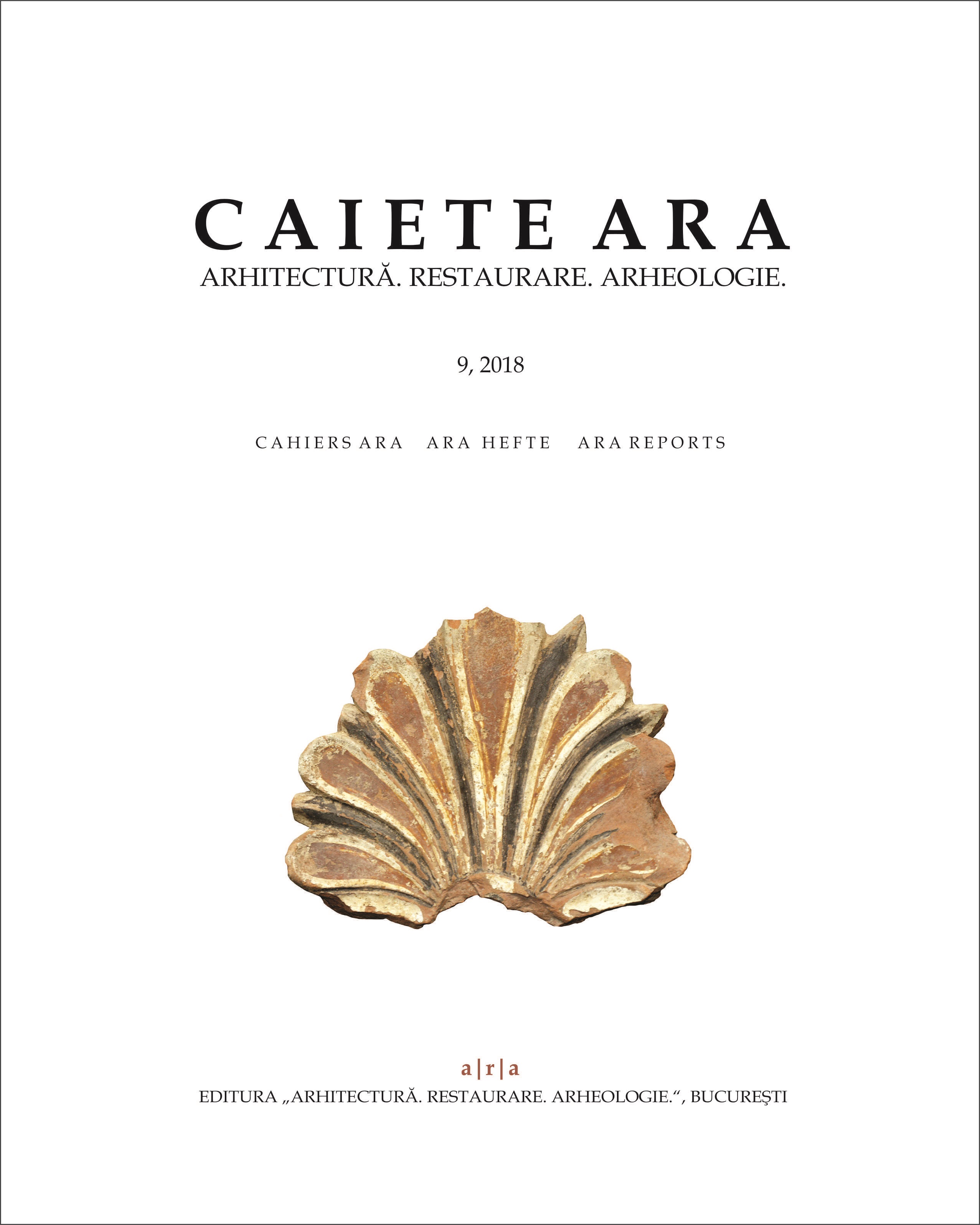Statue bases with honorific inscriptions from Histria in the Early Roman period
Statue bases with honorific inscriptions from Histria in the Early Roman period
Author(s): Florina Panait BîrzescuSubject(s): Archaeology, Visual Arts, Ancient World
Published by: Editura "Arhitectură. Restaurare. Arheologie"
Keywords: Histria;statue bases;honorific inscriptions;imperial cult;
Summary/Abstract: The article focuses on a group of 17 monuments, which were considered mainly cippi, altars, bases, or simple blocks. These have been discovered in the Late Roman city wall, studied from an epigraphic point of view, and put back in the wall. Only two of them, now exposed at the site museum, could be studied also from the perspective of their functionality. Both present traces characteristic of the fastening of a bronze statue. These are monolithic rectangular bases with mouldings, and were made of local limestone. Most inscriptions originate from the second half of the 2nd century to the first half of the 3rd century AD. The bases on the other hand mark a fashion change in the display of the honorific statues during the 2nd century AD, being much taller and slenderer than the previous types of bases. Furthermore, in the practice of honouring by dedicating statues, a growing importance is given to the emperors, members of the imperial family, and of the Roman administration. The honoured members of the local elite also have ties to the Roman government through their titles and offices, being involved in the imperial cult. The inscription content and the monuments’ autopsy lead to several other observations concerning the occasion on which the statues have been erected, the reuse of the monuments, or the context display.
Journal: Caiete ARA
- Issue Year: 2018
- Issue No: 9
- Page Range: 22-36
- Page Count: 13
- Language: English
- Content File-PDF

